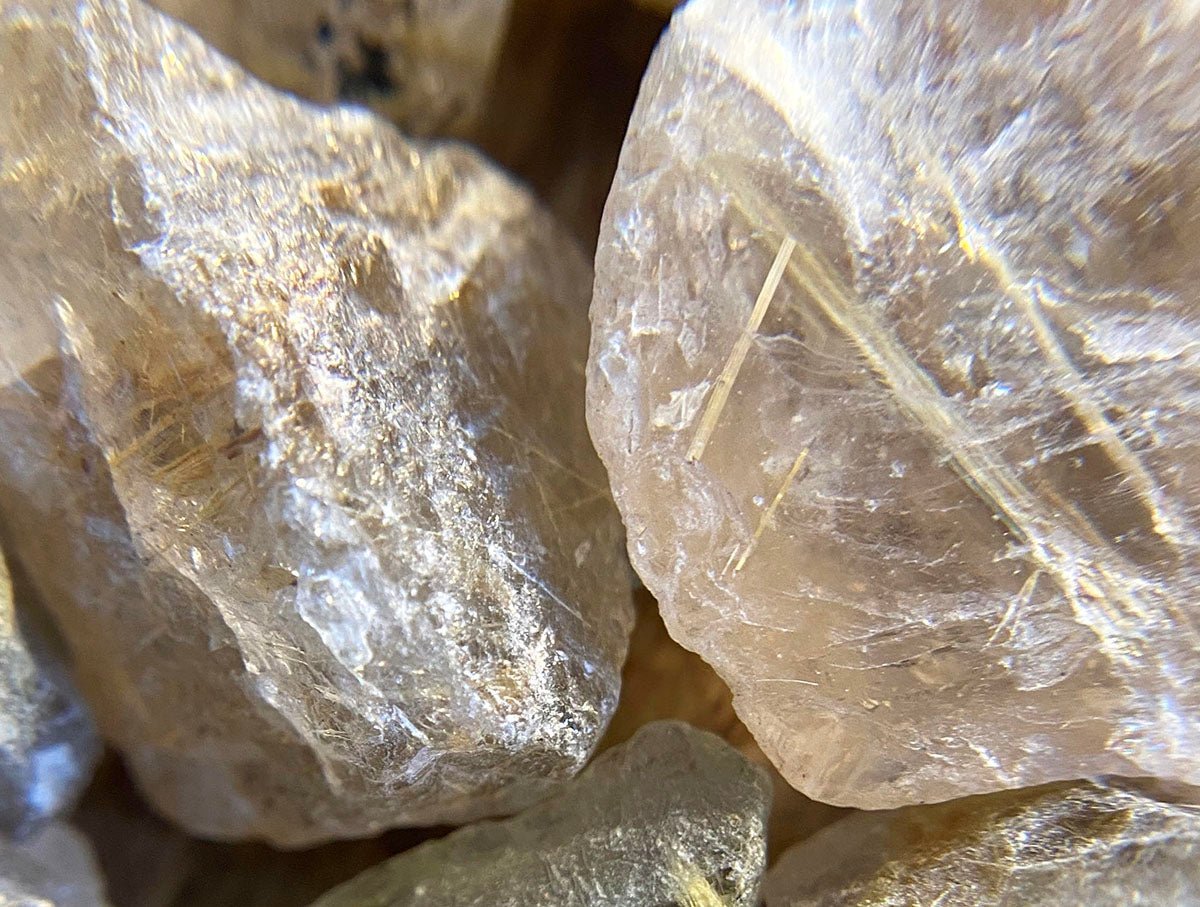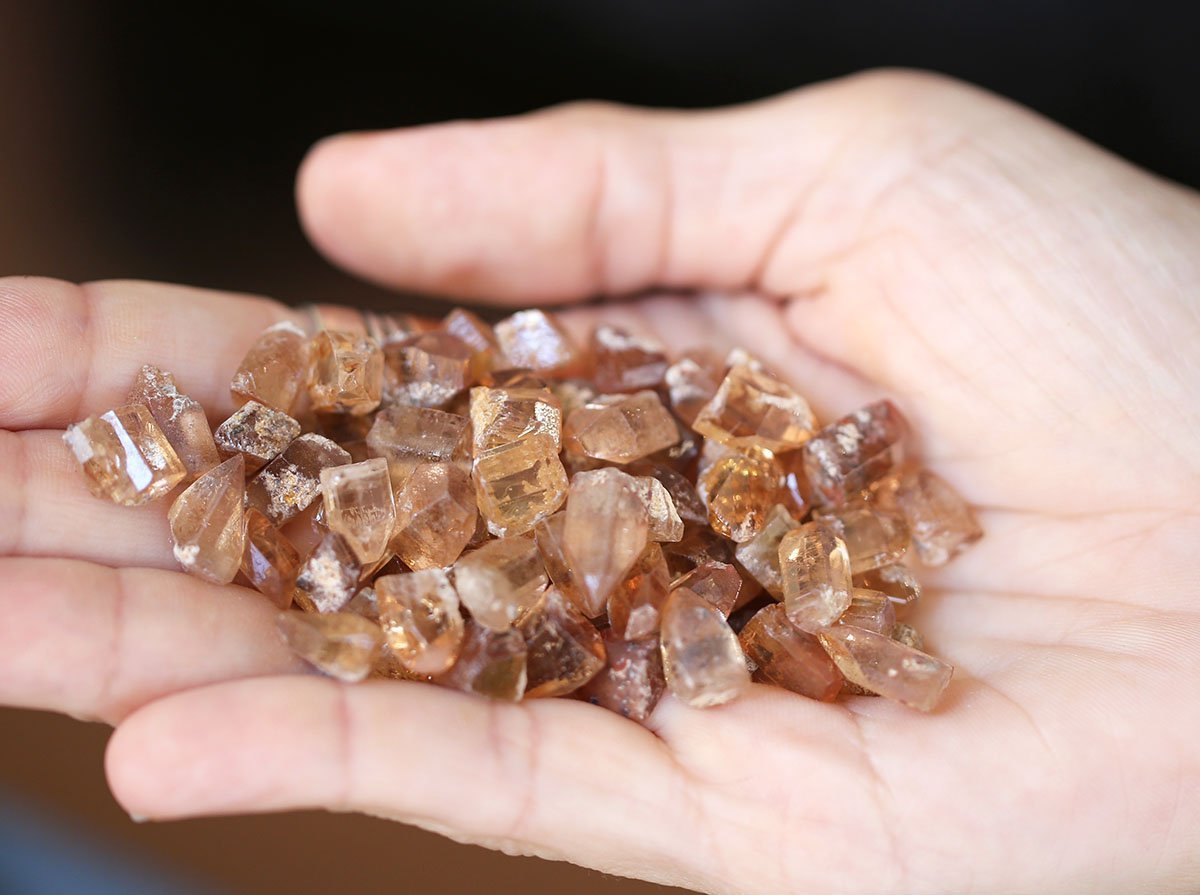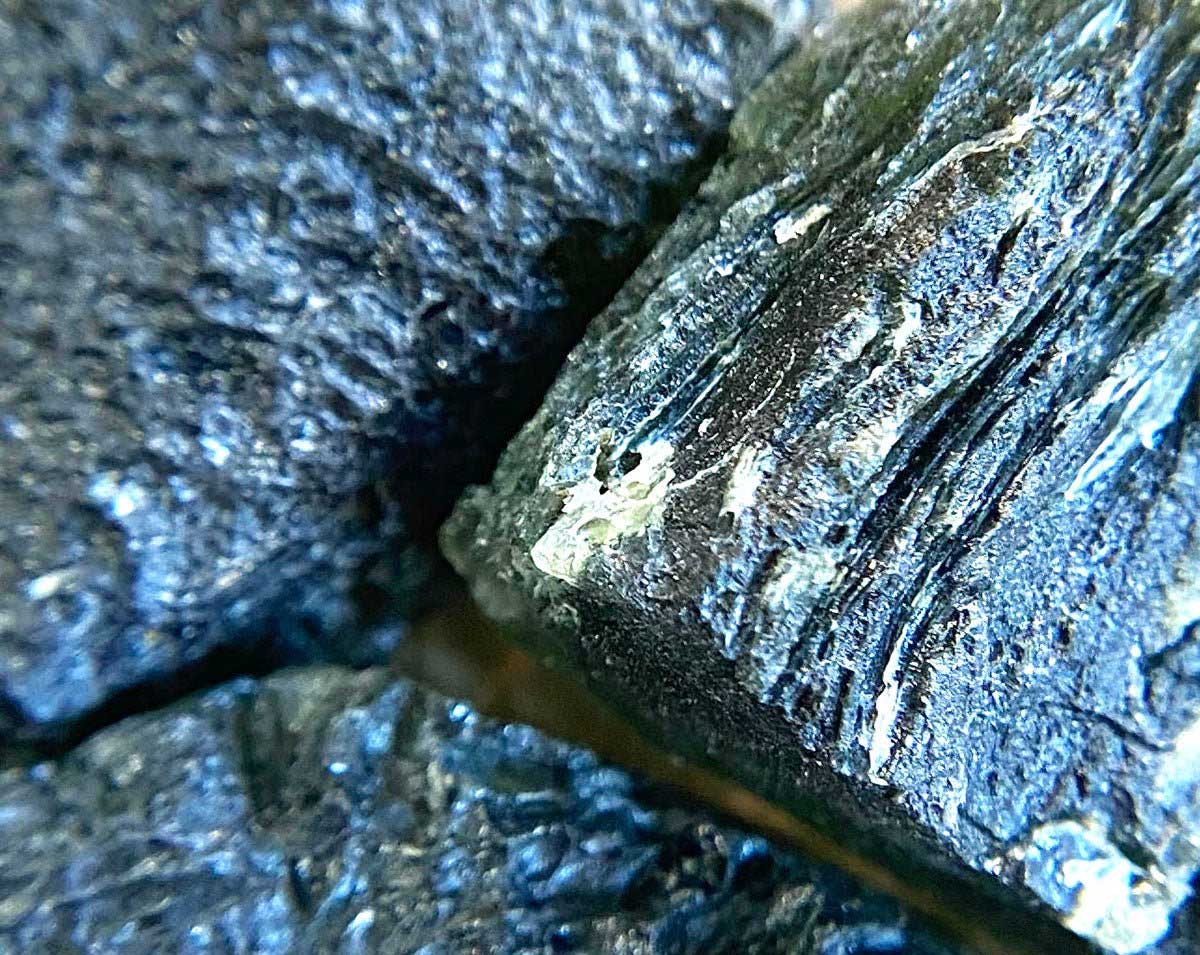
Quartz History & Uses - From The Ancient World to Modern Technology
Quartz is a gemstone that does not need any introduction! Quartz is a crystalline form of silica which is known for its hardness, durability and versatility. It has a number of real-world applications outside of jewelry, such as being used for timepieces and glassmaking. Quartz gets its name from German ‘Quarz’ meaning ‘hard’. The Ancient Greeks called quartz κρύσταλλος (krustallos) which is where we get the modern word ‘crystal’.

The Many Varieties of Quartz
Found in virtually every country and in virtually every color, quartz has a lot of nicknames and monikers depending on the coloring or variety. Clear transparent quartz is often referred to as ‘rock crystal’, while citrine, amethyst and prasiolite are all variety of quartz. Other quartz gems are named after their appearance, such as rose quartz or smoky quartz. Herkimer ‘diamond’, agate, chalcedony are also varieties of quartz, each with their own unique coloring and appearance.

Quartz Uses
Aside from its noted hardness, one amazing property of quartz is its ability to vibrate at precise frequencies. This allows them to transmit frequencies with remarkable accuracy, making quartz a valuable component in transmitting TV and radio signals. As a result, quartz is found in everything from clocks and watches to televisions and GPS devices. Quartz’ inherent hardness makes quartz a great choice in lenses too, being incredibly durable and relatively abundant. Quartz is also used in microscopes, telescopes and lasers.
Quartz is extremely resistant to heat and chemical changes, making it very useful as an abrasive material for sandblasting. A lot of sand that you’ll find on nice beaches is quartz, and high-purity silica sand is used for making materials like fiberglass and bulletproof glass as well.
Quartz History
In ancient times, quartz was fashioned into beads or used to make talismans. It was used by the inhabitants of Mesopotamia roughly 7000 years BCE and, more recently, by the ancient Greek, Roman and Egyptian civilizations who followed. There was a belief that quartz was actually composed of super-cooled ice which had hardened, given its clear, transparent appearance.
Quartz was an important crystal to the Gaels, the ancient tribes which became the Irish. In the Irish language, quartz is known as ‘Grianchloch’ (sunstone) and was used extensively across Europe for passage tombs, such as the famous prehistoric monument at Newgrange or Carrowmore, Ireland. The outer wall at Newgrange is covered with a finishing layer of white quartz.

Quartz was still regarded as a ‘healing’ stone well into the Middle Ages in Europe, with similar beliefs and uses in the Americas and Asia! Humans have been using quartz since the dawn of civilization, from primitive prayer beads to modern scientific marvels.
Quartz Properties
Quartz has a rating of 7 on the Mohs scale and can be found almost everywhere. Quartz’ durability means it is extremely resistant to weathering and erosion, so quartz will often be found on mountaintops as a result.
Quartz is so abundant and widely distributed that it can be mined in almost every country and yet, quartz remains one of the most valuable and highly sought-after minerals on the planet. Whether you’re in a lab coat, a swimsuit or on the red carpet, you’ll find quartz.
An interesting point about quartz is that it often encapsulates other minerals, like rutile and tourmaline. Rutile is so soft that it wouldn't exist on its own, so we can thank quartz for making it available to us!
To get your own unique piece of quartz jewelry, check out our made to order rutilated quartz, tourmalated quartz and Herkimer quartz jewelry.



